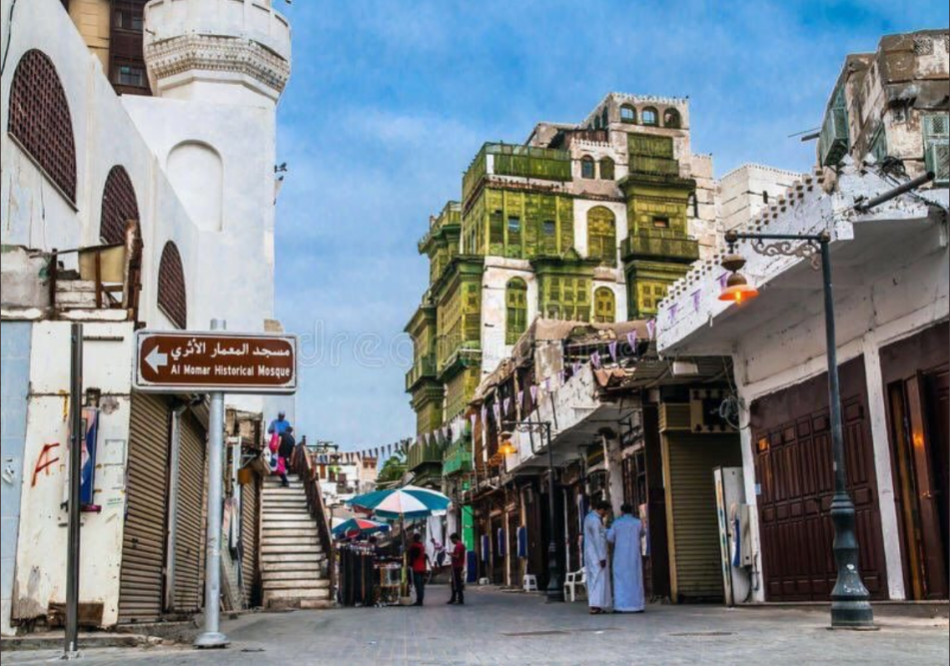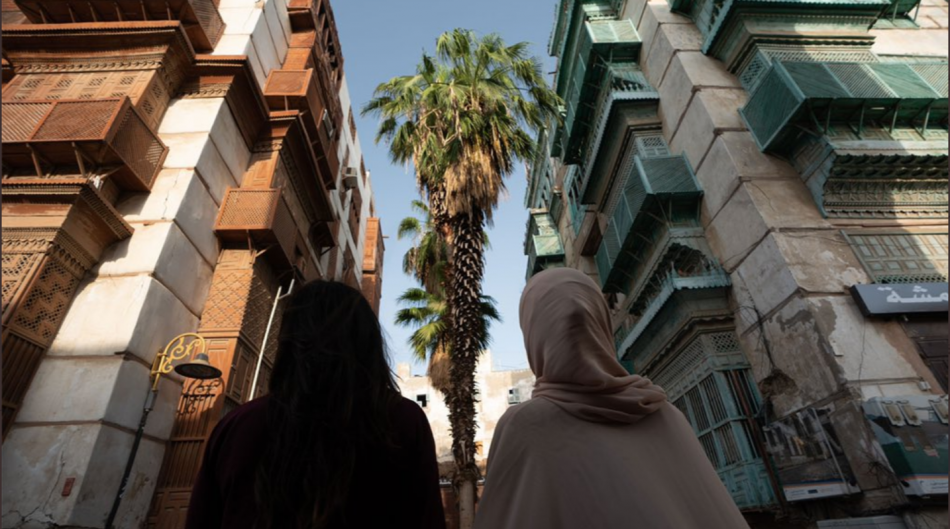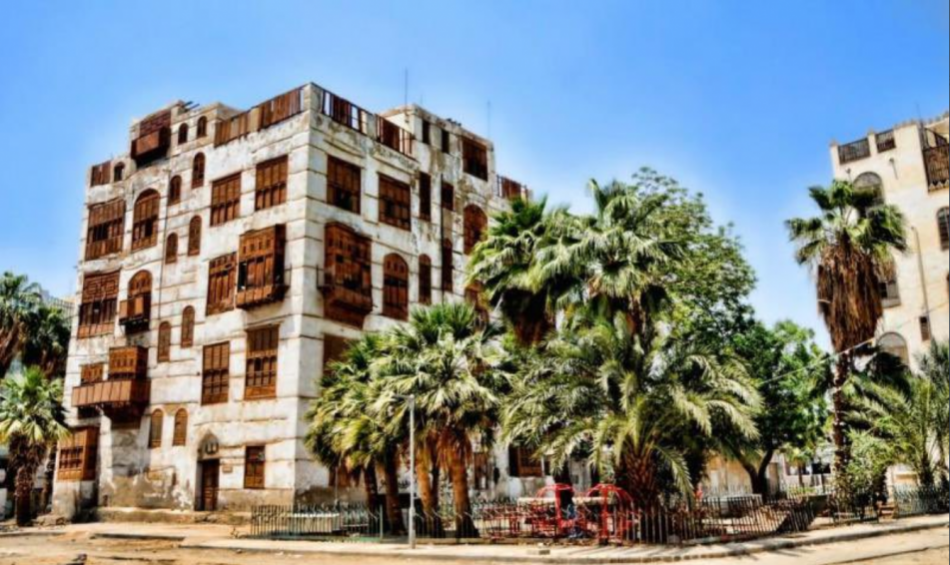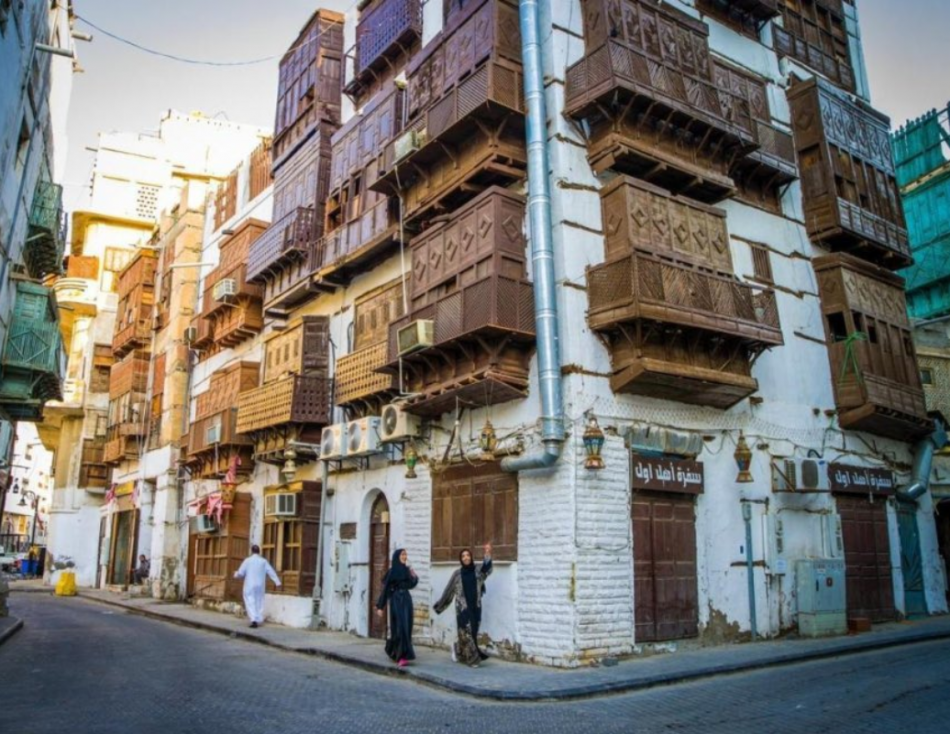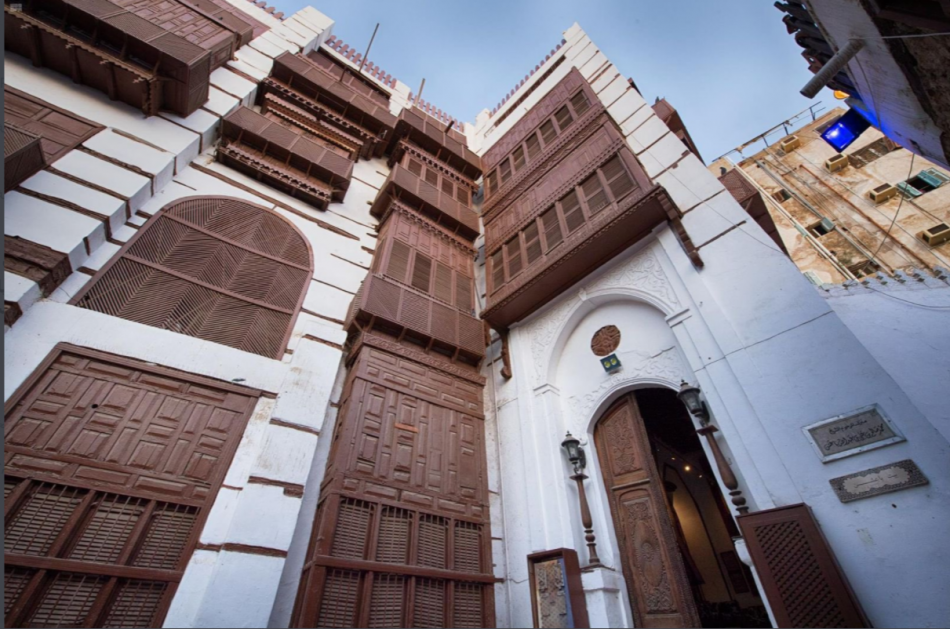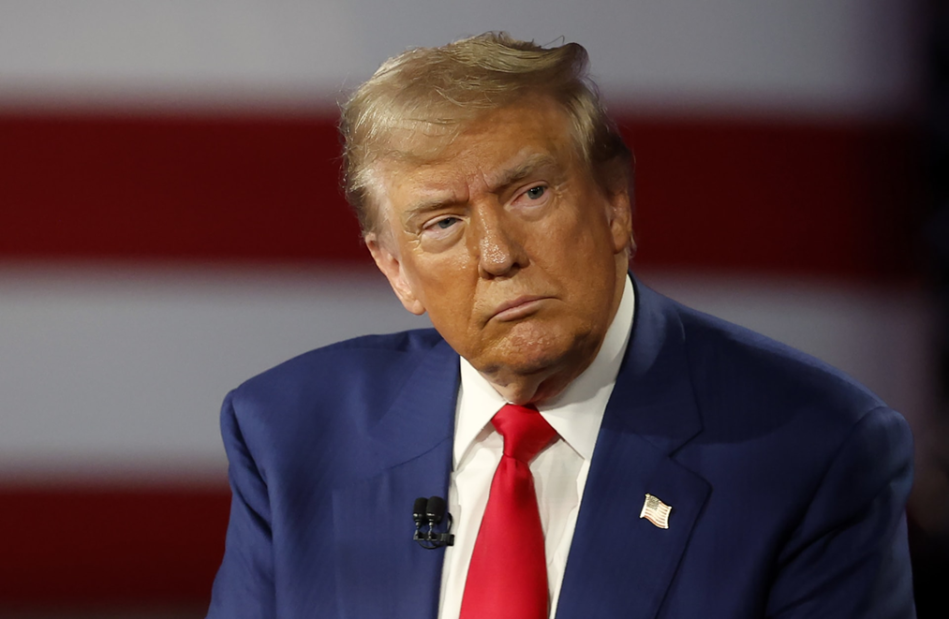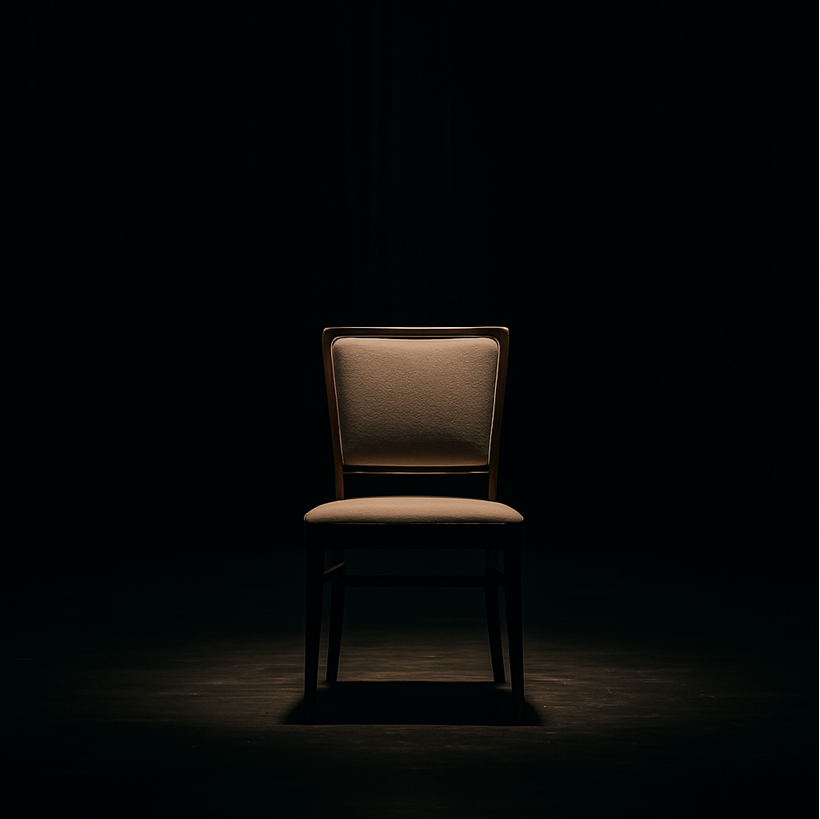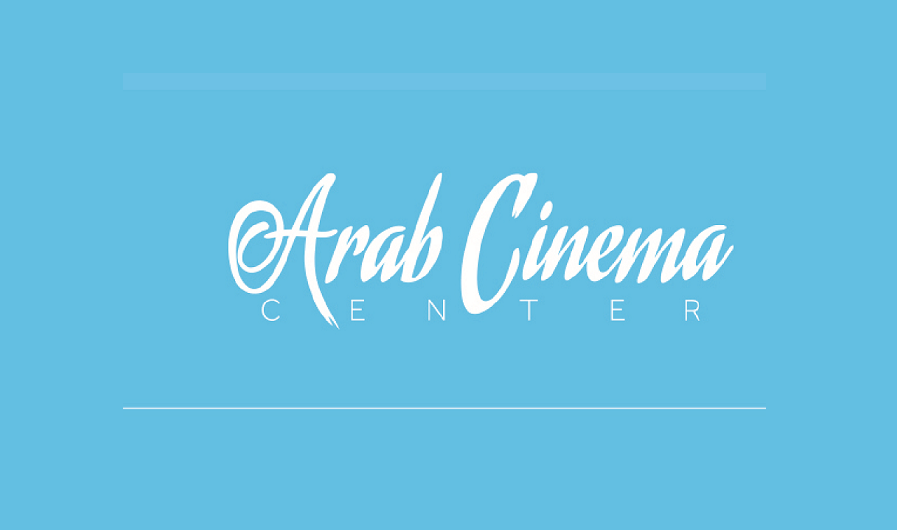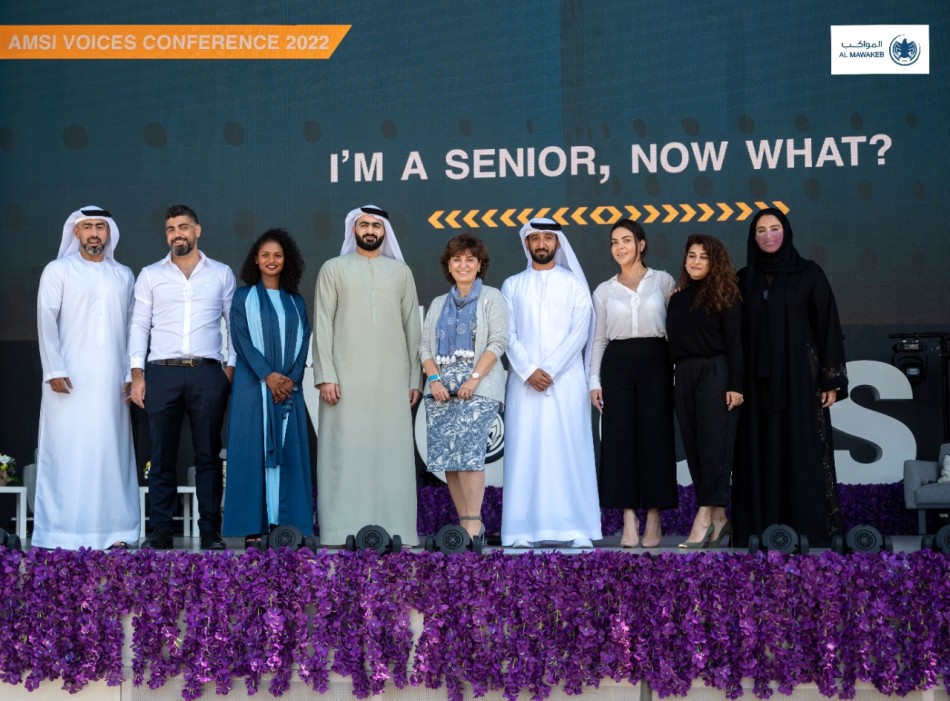Crown Prince launches "Revitalizing Historic Jeddah" project
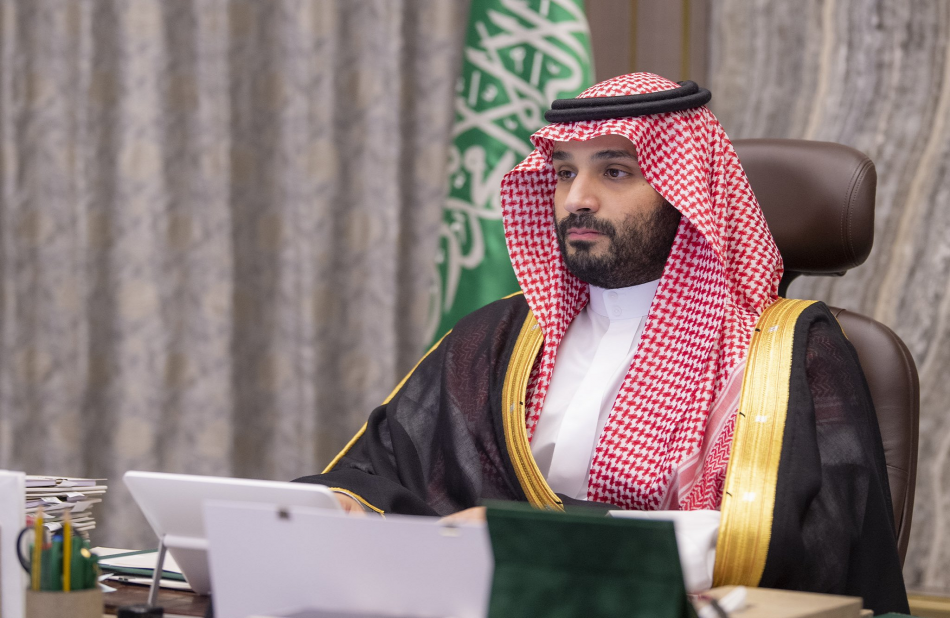
It includes more than 600 heritage buildings, 36 historical mosques and 5 major markets
Prince Muhammad bin Salman bin Abdulaziz Al Saud, Crown Prince, Deputy Prime Minister and Chairman of the Council of Economic and Development Affairs, announced the launch of the “Revitalizing Historic Jeddah” project within the Historic Jeddah Development Program, which aims to develop the living space in the region to be an attractive center for business and cultural projects. A prime destination for aspiring entrepreneurs.
The project comes in the context of the Crown Prince’s keenness and interest in preserving, preserving and rehabilitating historical sites, in order to achieve the objectives of Vision 2030 and to reflect the Arab and Islamic depth of the Kingdom as one of the most important pillars of the vision.
The project will highlight the heritage landmarks in the area, as it is an unparalleled historical site in the Kingdom, as it contains: more than 600 heritage buildings, 36 historical mosques, 5 major historical markets, along with ancient corridors and squares, and sites with important historical significance. Such as the old waterfront, which was a major route for pilgrims, and which the project will reconstruct to tell visitors to historic Jeddah the great story of the pilgrimage since the dawn of Islam, according to the Saudi Press Agency “SPA”.
Work on the project extends to 15 years, during which the historic Jeddah will be developed according to multiple tracks, including infrastructure and services, developing the natural and environmental field, improving the quality of life, and enhancing urban aspects, with the aim of making Historic Jeddah an inspiring site in the region and a global front for the Kingdom through investment Its heritage sites and its unique cultural and urban elements to build a vibrant area of life in which the possibilities of creativity are available to its residents and visitors, based on a modern vision of urban planning in which the concept of natural conservation and the need to harmonize it with human needs and the catalysts for spontaneous growth of creativity, making it an incubator for creativity where Saudi entrepreneurs and artists meet within a community Creative creative, in an environment where the elements of national heritage and nature shine with contemporary engineering designs.
The project aims to create an integrated environment in Historic Jeddah that has multiple natural components, including 5 km of developed waterfronts, green spaces and open gardens covering 15% of the total area of Jeddah Al-Balad and within the project area of 2.5 square kilometers. The project will benefit from these natural components by converting it into Elements that support a sustainable healthy environment in which the causes of environmental pollution are absent.
The new conception of historical Jeddah takes into account its value in the context of human history, as a major meeting point for people, trade and culture since it was founded in the third century BC as a fishing site, passing through pivotal growth stations that gave it a greater presence in the history of the region, especially after the establishment of a major seaport during the reign of Caliph Othman bin Affan, who was transformed during the reign of the Kingdom of Saudi Arabia into Jeddah Islamic Port in 1970 AD, giving historic Jeddah an opportunity to grow and develop outside the walls of the old city, until it became eligible for registration in the UNESCO World Heritage List in 2014.
The “Revitalizing Historic Jeddah” project is a major aspect of the efforts of the Historic Jeddah Development Program to invest the history, cultural and urban elements in the region and transform them into economic tributaries that contribute to the growth of the domestic product and achieve the goals of the Saudi Vision 2030, and also reflects part of the Kingdom’s orientation towards achieving sustainable development In all Saudi regions and cities, through environmentally friendly urban development projects, there are natural incubators for creative production, and attractive locations to live and work, which contribute to economic growth.

